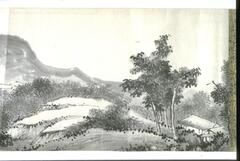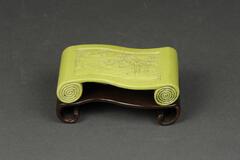9 UMMA Objects
9 UMMA Objects

Japanese (Japanese (culture or style))
Suiten kyo (Sutra of Varuna, Deity of the Waters)
1300 – 1335
Gift of Harold Phillip Stern, presented in memory of Archibald Gibson Wenley
1964/2.104
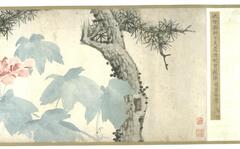
Shen Zhou
Pine and Hibiscus
1489
Museum purchase made possible by the Margaret Watson Parker Art Collection Fund
1961/1.173
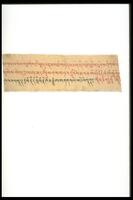
Tibetan (Tibetan (culture or style))
Prayer scroll fragment, from a prayer wheel
18th century
Museum Purchase
1959/1.158
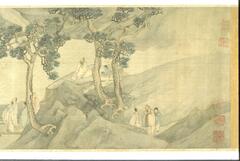
Sheng Maoye
The Orchid Pavilion Gathering
1621
Museum purchase made possible by the Margaret Watson Parker Art Collection Fund
1974/1.244

Unge (Taigan)
Orchids Room
1823
Museum purchase made possible by the Margaret Watson Parker Art Collection Fund
1968/2.25
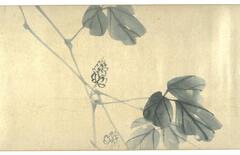
Matsumura Keibun
Twenty Fruit and Flower Studies
1800 – 1849
Museum purchase made possible by the Margaret Watson Parker Art Collection Fund
1961/1.166
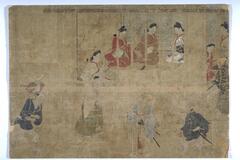
Japanese (Japanese (culture or style))
Yoshiwara District
1700 – 1732
Gift of Mrs. Caroline I. Plumer for the James Marshall Plumer Collection
1980/2.209
Loading…
